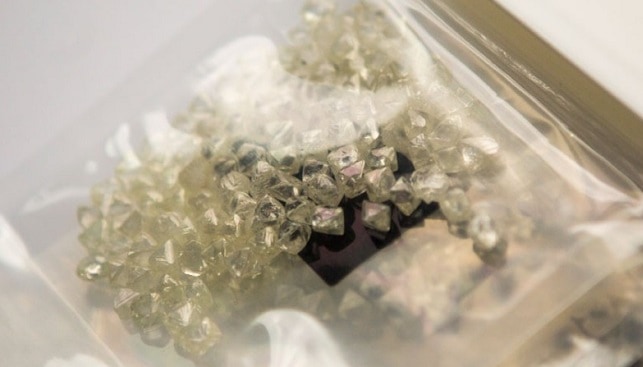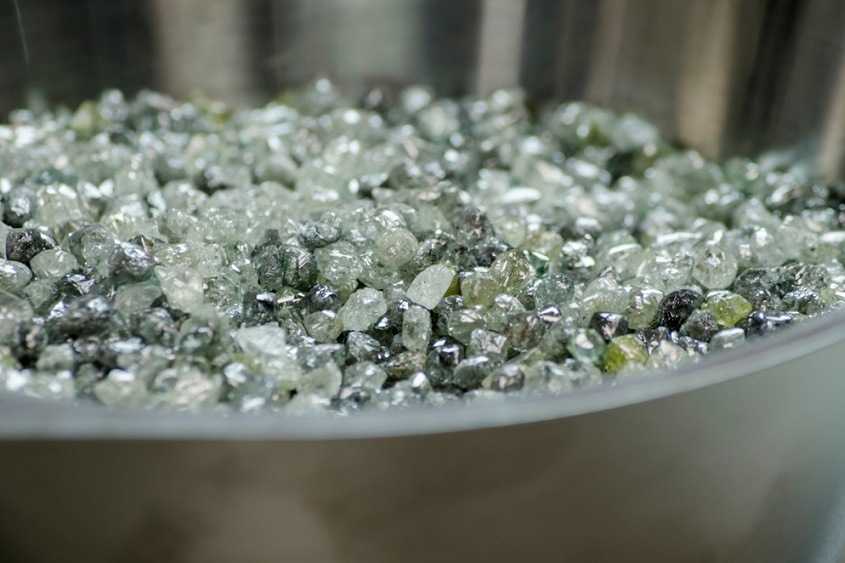For the first time ever, researchers at the University of Melbourne succeeded in imaging the movement of electrons in two-dimensional grapheme. This boosts the understanding of electric currents in devices, and could help in the development of next-generation electronics.
“Next-generation electronic devices based on ultra-thin materials, including quantum computers, will be especially vulnerable to contain minute cracks and defects that disrupt current flow,” said Professor Lloyd Hollenberg, Deputy Director of the Centre for Quantum Computation and Communication Technology (CQC2T) and Thomas Baker Chair at the University of Melbourne.
According to numerous sources, Hollenberg’s team “used a special quantum probe based on an atomic-sized ‘color center’ found only in diamonds to image the flow of electric currents in graphene. The technique could be used to understand electron behavior in a variety of new technologies”.
According to same sources sources, the technique could be used with 2D materials to develop next generation electronics, energy storage (batteries), flexible displays and bio-chemical sensors.
“The ability to see how electric currents are affected by these imperfections will allow researchers to improve the reliability and performance of existing and emerging technologies. We are very excited by this result, which enables us to reveal the microscopic behavior of current in quantum computing devices, graphene and other 2D materials,” said Hollenberg.












